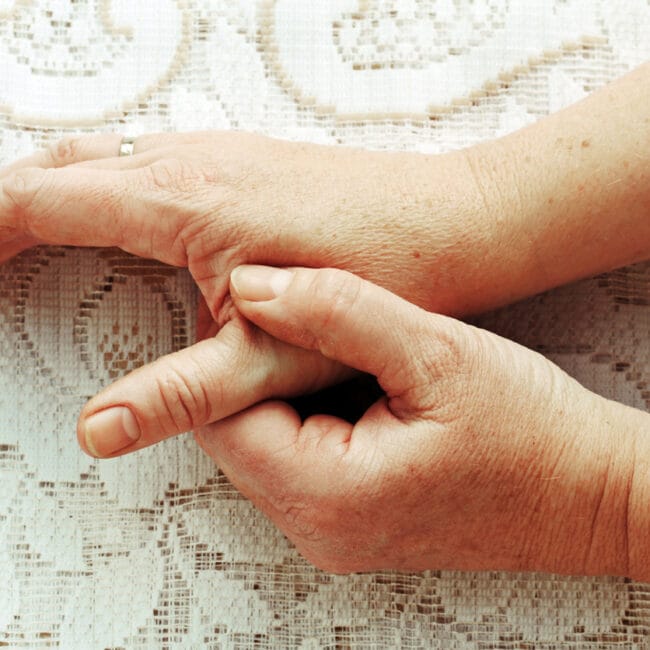Footwear allows us to comfortably and safely perform a vast array of activities, including sports, work and household chores. Footwear also helps us to enjoy pain-free movement and protects our feet from trauma.
When it comes to footwear, there are many different types and elements to consider. This blog is here to provide you with a helpful guide to choosing footwear, and outlines the footwear features that you should consider for foot health. Read on to find out more!
Footwear & Comfort
One of the main factors everyone should consider when it comes to their footwear choice is comfort. Comfort and its considerations have been found to be one of the most important factors when it comes to deciding on footwear, both for the health of your feet, and for overall comfort, mobility and productivity. Comfortable footwear has also been shown to improve physical activity and reduce injury risk.
It can be difficult to decide and make decisions based on both what is considered ‘good’ footwear, and what will suit you in your day-to-day life.
Each one of us has our own perception of comfort, and it differs from individual to individual. Comfort is not only about how the shoe design functions, but also about how the shoe can support your lifestyle and individual needs. As you can imagine, footwear comfort can vary for individuals depending on their occupation, hobbies or sports, whether they drive or have to walk or take other forms of transport, and whether they have a health condition that affects their feet or mobility.

Factors To Consider
There are many footwear design features that we can consider when it comes to making a comfortable footwear choice, including:
Fit, length and size
Midsole cushioning
Heel elevation
Weight
Sole flexibility/bending stiffness
Midsole geometry
Outsole geometry
Lacing
Upper material
Shoe microclimate
Insoles
Wear time
The above elements can be modified to achieve the most comfortable shoe for you, but recent research has provided more specific practical principles that can further guide your search for a comfortable shoe that will also support foot health.
Comfortable Footwear Principles
So, what should we be looking at when it comes to comfortable footwear? It has been found that comfortable footwear incorporates the below principles:
Correct Fit: A shoe which fits the foot appropriately, relative to the activity it is needed for, e.g., certain situations may require variations of footwear fit, such as tight-fitting footwear in sports.
Comfortable Material: A show that is made of more compliant and soft materials.
Optimal Heel Height: A shoe with a lower heel elevation/height.
Light Weight: A shoe that is more light weight than heavy weight.
Curved Sole: A shoe with a curved sole, known as a rocker sole, rather than a flat sole shoe.
Though these principles are generic and may not suit every individual case, but they can provide a good starting guide for finding comfortable footwear.
If you feel you need a more thorough review of your footwear and considerations on what may work for you however, we highly recommend that you see a qualified podiatrist for a foot assessment and footwear review to help you get the most out of your footwear and ensure it is optimal for comfort, functionality and foot health.
You can schedule an appointment with a member of our expert podiatry team by clicking here.
References
Van Alsenoy K, van der Linden ML, Girard O, Santos D. Increased footwear comfort is associated with improved running economy – a systematic review and meta-analysis. Eur J Sport Sci. 2023 Jan;23(1):121-133. doi: 10.1080/17461391.2021.1998642. Epub 2021 Nov 21. PMID: 34726119.s
Menz, H.B., Bonanno, D.R. Footwear comfort: a systematic search and narrative synthesis of the literature. J Foot Ankle Res 14, 63 (2021). https://doi.org/10.1186/s13047-021-00500-9











